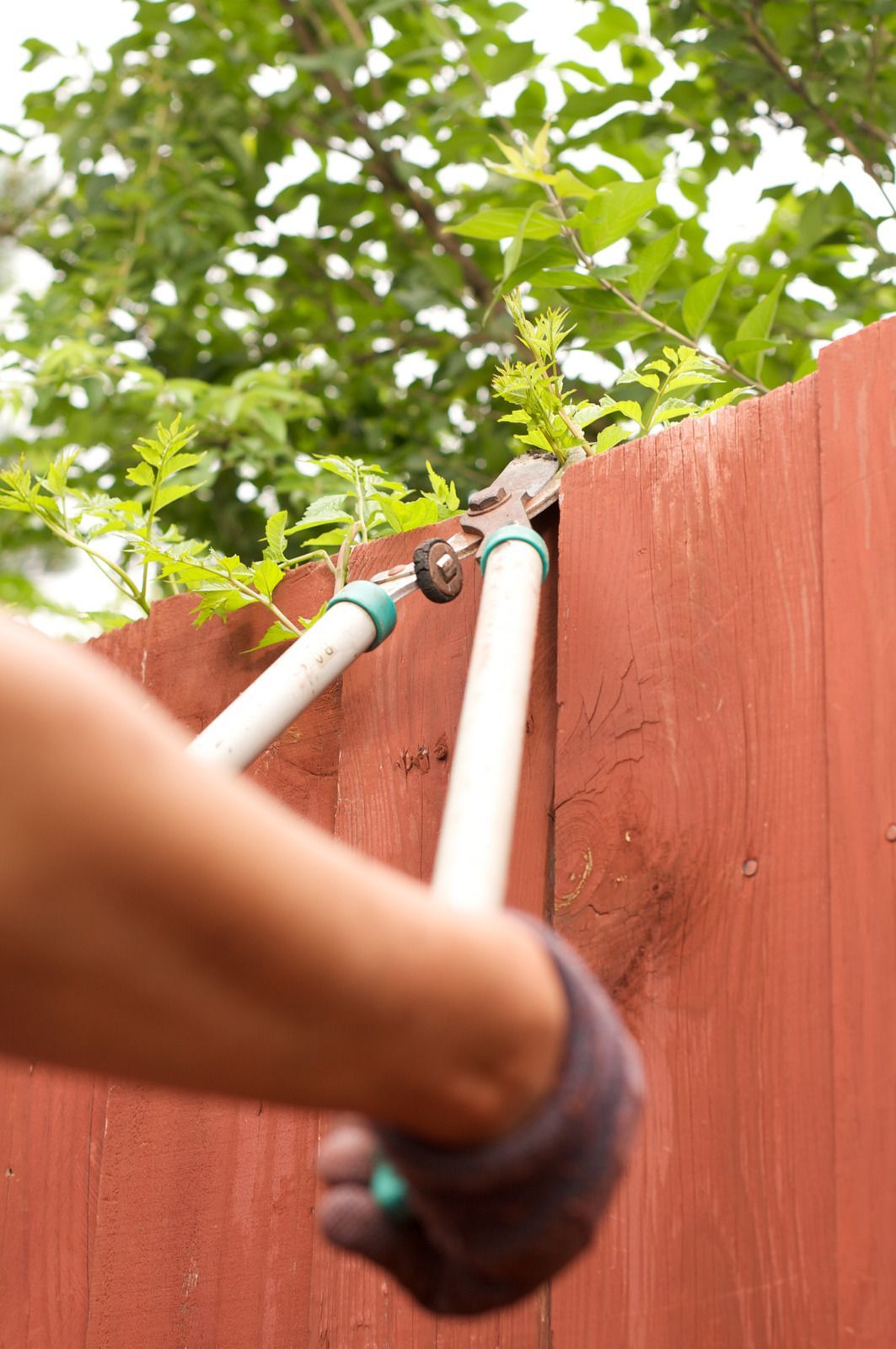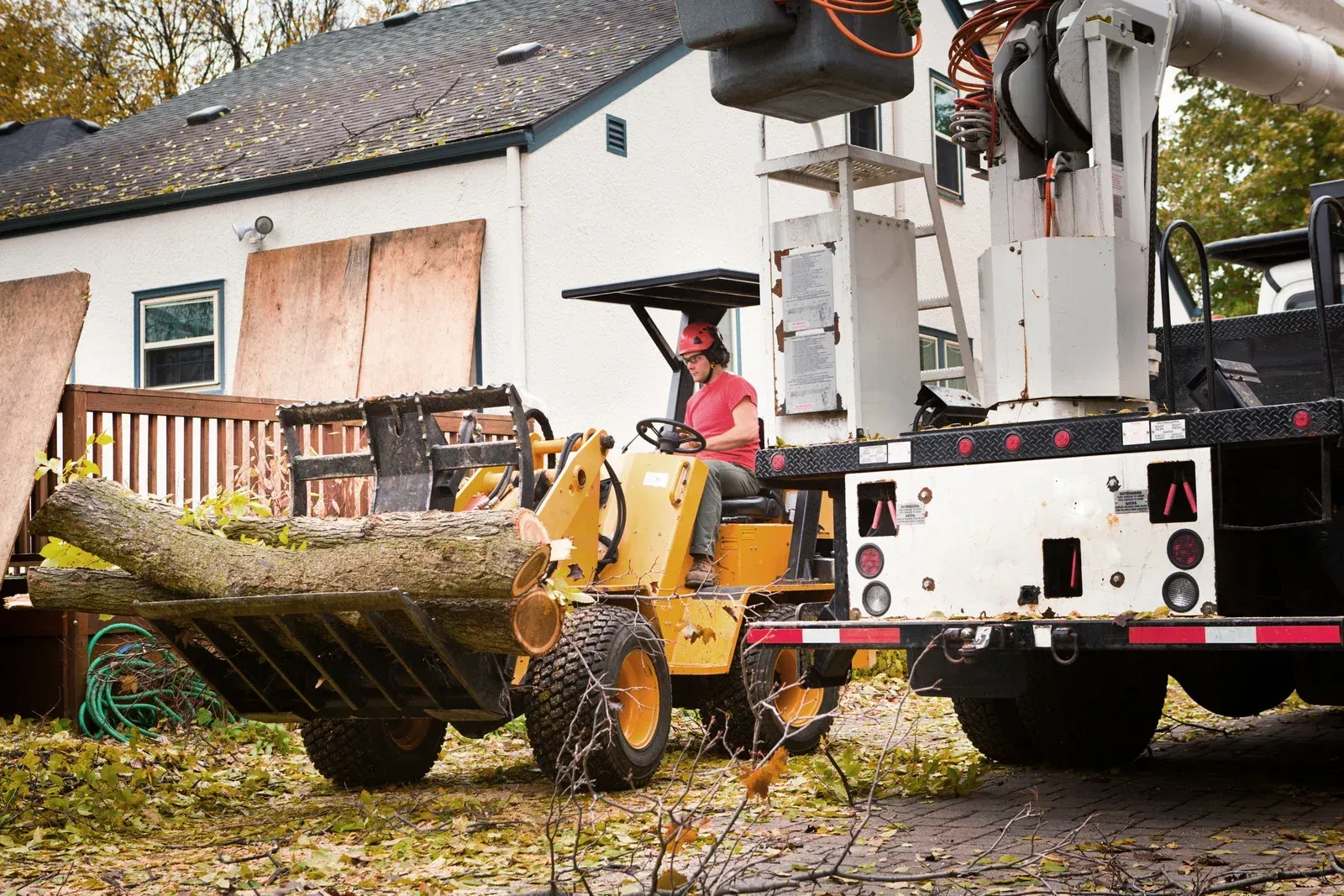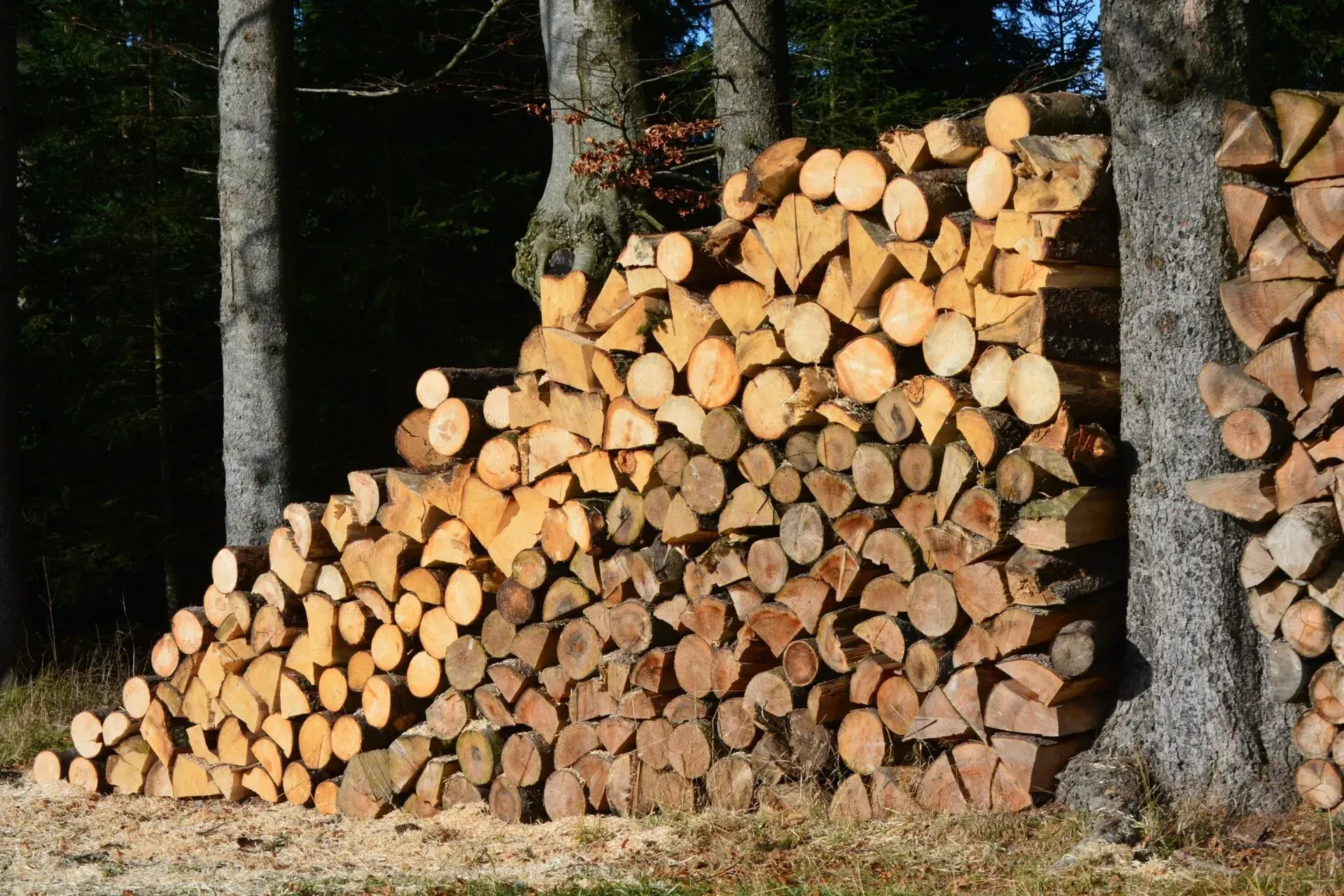When Is the Perfect Time to Schedule Tree Trimming?
Maintaining aesthetically pleasing, structurally sound, and healthy trees requires regular tree-cutting. If you are trying to maintain a clean landscape and hoping to improve the curb appeal of your property, knowing when to trim your trees can make a big impact. Tree health, possible risks, and overall beauty can all be enhanced by planning tree cutting at the ideal moment.
Why Is Tree Trimming Important?
Tree trimming involves removing overgrown, diseased, or dead branches to improve a tree’s structure, health, and appearance. Proper trimming can help trees thrive, prevent damage to nearby structures, and enhance safety by reducing the risk of falling branches. However, the timing of tree trimming plays a crucial role in achieving these benefits.
Best Time for Tree Trimming
One of the best times to trim trees is during the dormant season, which typically occurs in late winter to early spring, depending on your region. During this period, trees are less susceptible to disease and pest infestations. Pruning wounds heal faster, reducing the risk of infections. Without leaves, the tree’s structure is more visible, allowing for precise cuts, and it promotes healthy growth once the growing season begins.
Tree-Specific Considerations
While most trees benefit from winter pruning, some species, such as maples, birches, and walnuts, tend to bleed sap heavily if pruned too early. Late spring to early summer can be a better time for these trees. Additionally, flowering trees like magnolias and lilacs should be pruned after their blooms fade to encourage more vibrant blossoms the following season. Light pruning during late summer to early fall is acceptable for trees that require minor shaping or removal of small branches. However, heavy pruning should be avoided as it may stress the tree before winter sets in.
When to Avoid Tree Trimming
Trimming trees in mid to late fall is generally discouraged because trees are preparing for dormancy, making it harder for them to recover from pruning wounds. Fungal infections are more prevalent during fall, increasing the risk of disease. Pruning in fall can also lead to excessive sap loss, weakening the tree. While winter pruning is beneficial, early winter pruning in extremely cold climates can be harmful. Fresh cuts may take longer to heal in freezing temperatures, leaving trees vulnerable to damage from frost and snow.
Additional Factors Influencing Tree Trimming Timing
In addition to seasonal considerations, other factors may influence the ideal time for tree trimming. Different species have unique growth cycles and trimming needs. If a tree shows signs of disease, pest infestation, or storm damage, trimming may be necessary regardless of the season. If branches pose a threat to property, power lines, or people, immediate trimming is required to prevent accidents. If you want to shape a tree for landscaping purposes, the best time may depend on your desired outcome.
Scheduling
tree trimming at the right time can enhance tree health, improve safety, and boost your property’s overall appearance. While late winter to early spring is generally the best time for pruning, certain trees and specific circumstances may require adjustments. If you’re unsure about the best time to trim your trees, consulting a professional arborist can help you make the right decision based on your specific tree species and location. By planning and timing your tree trimming wisely, you can enjoy healthier, safer, and more attractive trees year-round.



